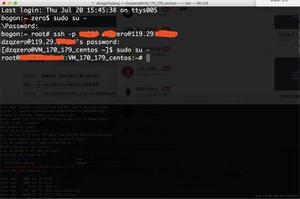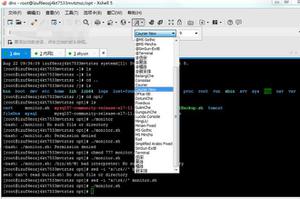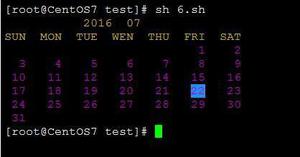C ++ STL中的queue :: push()和queue :: pop()
在本文中,我们将讨论C ++ STL中queue::push()和queue::pop()函数的工作原理,语法和示例。
C ++ STL中的队列是什么?
队列是C ++ STL中定义的简单序列或数据结构,它以FIFO(先进先出)的方式插入和删除数据。队列中的数据以连续方式存储。元素将插入到末尾,并从队列的开头删除。在C ++ STL中,已经有一个预定义的队列模板,该模板以类似于队列的方式插入和删除数据。
什么是queue::push()?
queue::push()是C ++ STL中的内置函数,在 push()接受一个参数,即我们要在关联的队列容器中推送/插入的元素,此函数还将容器的大小增加1。
此函数还调用push_back(),这有助于轻松地将元素插入队列的后面。
语法
myqueue.push(type_t& value);
该函数接受一个参数,该参数的值为type_t,即队列容器中元素的类型。
返回值
此函数不返回任何内容。
示例
Input: queue<int> myqueue = {10, 20 30, 40}; myqueue.push(23);
Output:
Elements in the queue are= 10 20 30 40 23
示例
#include <iostream>#include <queue>
using namespace std;
int main(){
queue<int> Queue;
for(int i=0 ;i<=5 ;i++){
Queue.push(i);
}
cout<<"Elements in queue are : ";
while (!Queue.empty()){
cout << ' ' << Queue.front();
Queue.pop();
}
}
输出结果
如果我们运行上面的代码,它将生成以下输出-
Elements in queue are : 0 1 2 3 4 5
什么是queue::pop()?
queue::pop()是C ++ STL中的内置函数,该声明在 pop()不接受任何参数,并从与该函数关联的队列的开头删除元素,并将队列容器的大小减小1。
语法
myqueue.pop();
此函数不接受任何参数
返回值
此函数不返回任何内容。
示例
Input: queue myqueue = {10, 20, 30, 40}; myqueue.pop();
Output:
Elements in the queue are= 20 30 40
示例
#include <iostream>#include <queue>
using namespace std;
int main(){
queue<int> Queue;
for(int i=0 ;i<=5 ;i++){
Queue.push(i);
}
for(int i=0 ;i<5 ;i++){
Queue.pop();
}
cout<<"Element left in queue is : ";
while (!Queue.empty()){
cout << ' ' << Queue.front();
Queue.pop();
}
}
输出结果
如果我们运行上面的代码,它将生成以下输出-
Element left in queue is : 5
以上是 C ++ STL中的queue :: push()和queue :: pop() 的全部内容, 来源链接: utcz.com/z/359675.html






